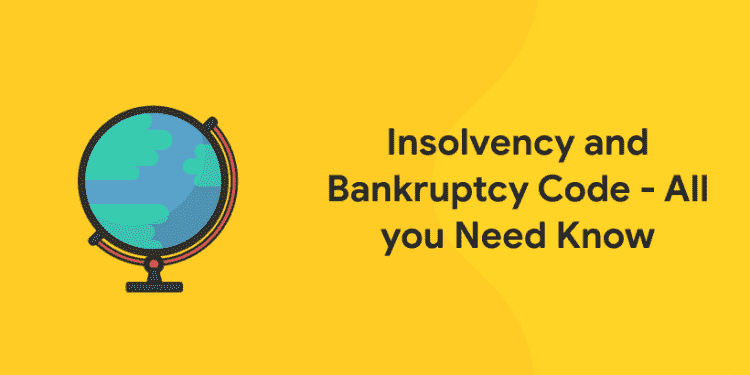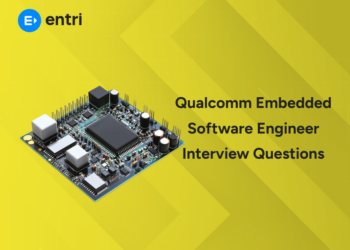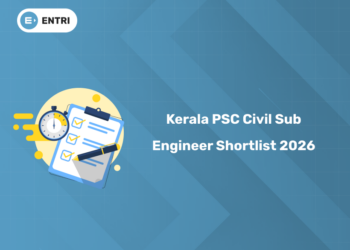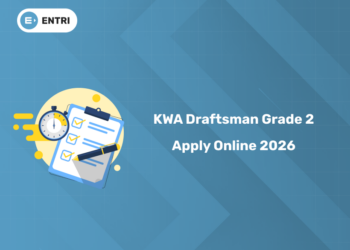Table of Contents
The Insolvency and Bankruptcy code 2016,is listed for passage in Rajya Sabha . Last week, Lok Sabha passed the Code with changes recommended by the Joint Parliamentary Committee that examined the Code.We present answers to some of the frequently asked questions in relation to the Insolvency and Bankruptcy. As of 2015, insolvency resolution in India took 4.3 years on an average. This is higher when compared to other countries such as United Kingdom (1 year) and United States of America (1.5 years). These delays are caused due to time taken to resolve cases in courts, and confusion due to a lack of clarity about the current bankruptcy framework. In this blog we will discuss about Insolvency and Bankruptcy Code.
Download the Mock Test Preparation App for Free
What does the current Code aim to do?
The 2016 Code applies to companies and individuals. It provides for a time-bound process to resolve insolvency. When a default in repayment occurs, creditors gain control over debtor’s assets and must take decisions to resolve insolvency within a 180-day period. To ensure an uninterrupted resolution process, the Code also provides immunity to debtors from resolution claims of creditors during this period. The Code also consolidates provisions of the current legislative framework to form a common forum for debtors and creditors of all classes to resolve insolvency.
Who facilitates the insolvency resolution under the Code?
1: Who was the first woman President of India?
The Code creates various institutions to facilitate resolution of insolvency. These are as follows:
Insolvency Professionals: A specialised cadre of licensed professionals is proposed to be created. These professionals will administer the resolution process, manage the assets of the debtor, and provide information for creditors to assist them in decision making.
Insolvency Professional Agencies: The insolvency professionals will be registered with insolvency professional agencies. The agencies conduct examinations to certify the insolvency professionals and enforce a code of conduct for their performance.
Information Utilities: Creditors will report financial information of the debt owed to them by the debtor. Such information will include records of debt, liabilities and defaults.
Adjudicating authorities: The proceedings of the resolution process will be adjudicated by the National Companies Law Tribunal (NCLT), for companies; and the Debt Recovery Tribunal (DRT), for individuals. The duties of the authorities will include approval to initiate the resolution process, appoint the insolvency professional, and approve the final decision of creditors.
Insolvency and Bankruptcy Board: The Board will regulate insolvency professionals, insolvency professional agencies and information utilities set up under the Code. The Board will consist of representatives of Reserve Bank of India, and the Ministries of Finance, Corporate Affairs and Law.
Free UPSKILLING Courses!
Take your first step toward mastering in-demand skills, acing interviews, and securing top-tier jobs with Entri's free upskilling courses.
Start Learning!What is the procedure to resolve insolvency in the Code?
The Code proposes the following steps to resolve insolvency:
Initiation: When a default occurs, the resolution process may be initiated by the debtor or creditor. The insolvency professional administers the process. The professional provides financial information of the debtor from the information utilities to the creditor and manage the debtor’s assets. This process lasts for 180 days and any legal action against the debtor is prohibited during this period.
Decision to resolve insolvency: A committee consisting of the financial creditors who lent money to the debtor will be formed by the insolvency professional. The creditors committee will take a decision regarding the future of the outstanding debt owed to them. They may choose to revive the debt owed to them by changing the repayment schedule, or sell (liquidate) the assets of the debtor to repay the debts owed to them. If a decision is not taken in 180 days, the debtor’s assets go into liquidation.
Liquidation: If the debtor goes into liquidation, an insolvency professional administers the liquidation process. Proceeds from the sale of the debtor’s assets are distributed in the following order of precedence: i) insolvency resolution costs, including the remuneration to the insolvency professional, ii) secured creditors, whose loans are backed by collateral, dues to workers, other employees, iii) unsecured creditors, iv) dues to government, v) priority shareholders and vi) equity shareholders.
Download the Mock Test Preparation App for Free
What are some issues in the Code that require consideration?
- The Bankruptcy Board (regulator) will regulate insolvency professional agencies (IPAs), which will further regulate insolvency professionals (IPs). The rationale behind multiple IPAs overseeing the functioning of their member IPs, instead of a single regulator is unclear. The presence of multiple IPAs operating simultaneously could enable competition in the sector. However, this may also lead to a conflict of interest between the regulatory and competitive goals of the IPAs. This structure of regulation varies from the current practice where the regulator directly regulates its registered professionals. For example, the Institute of Chartered Accountants of India (which regulates chartered accountants) is directly responsible for regulating its registered members.
- The Code provides an order of priority to distribute assets during liquidation. It is unclear why: (i) secured creditors will receive their entire outstanding amount, rather than up to their collateral value, (ii) unsecured creditors have priority over trade creditors, and (iii) government dues will be repaid after unsecured creditors.
- The smooth functioning of the Code depends on the functioning of new entities such as insolvency professionals, insolvency professional agencies and information utilities. These entities will have to evolve over time for the proper functioning of the system. In addition, the NCLT, which will adjudicate corporate insolvency has not been constituted as yet, and the DRTs are overloaded with pending cases.
Why Practice from Entri?
- Always provides you up to date materials that are created by Entri’s Top Experts.
- Mock tests available in bilingual and other regional languages
- Download Entri to access the unlimited mock test.
Navigating through Entri
- Open your Entri App go to the Bank Tab and check the mock tests.
- You can check courses and Mock test for other examinations as well
- Subscribe to our Mock Test and clear your examination with flying colors.
Ace your preparation. That is where Entri comes in. It helps you to prepare effectively for your Exam.











